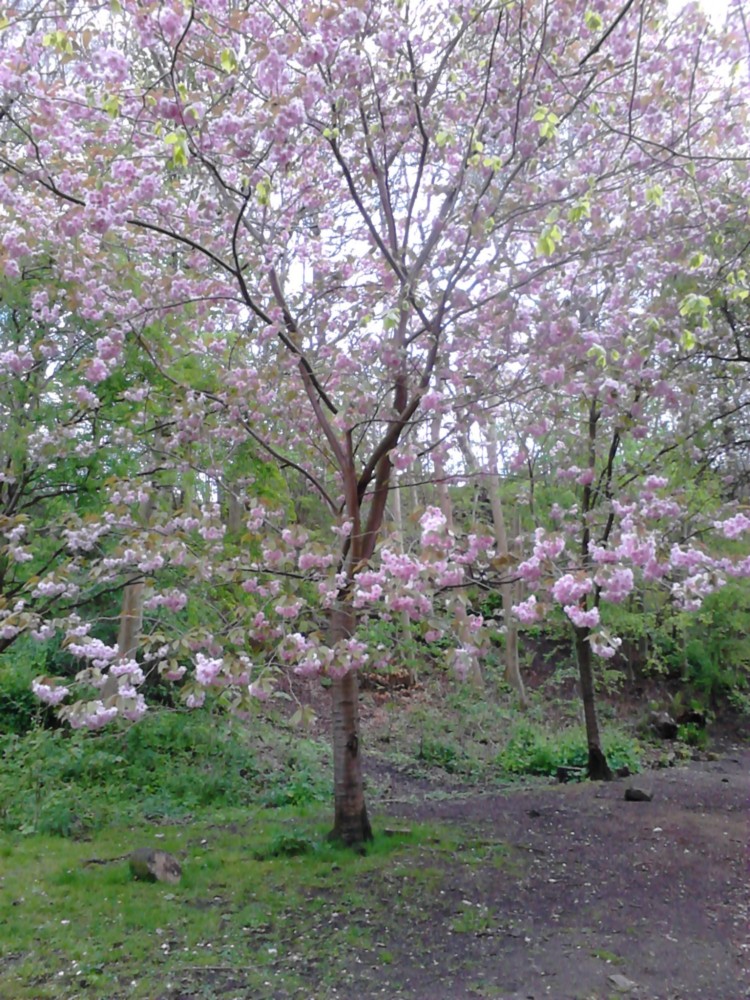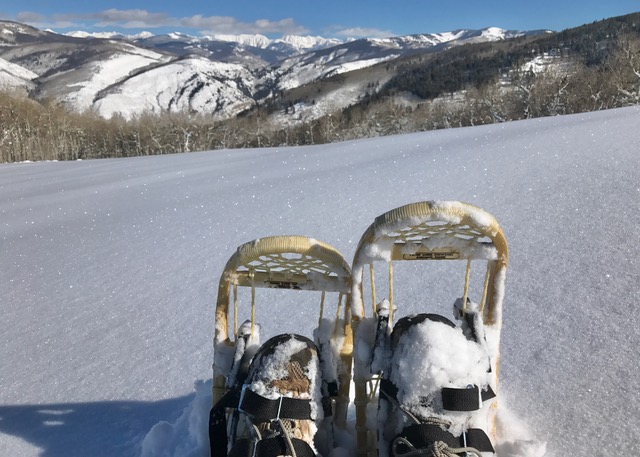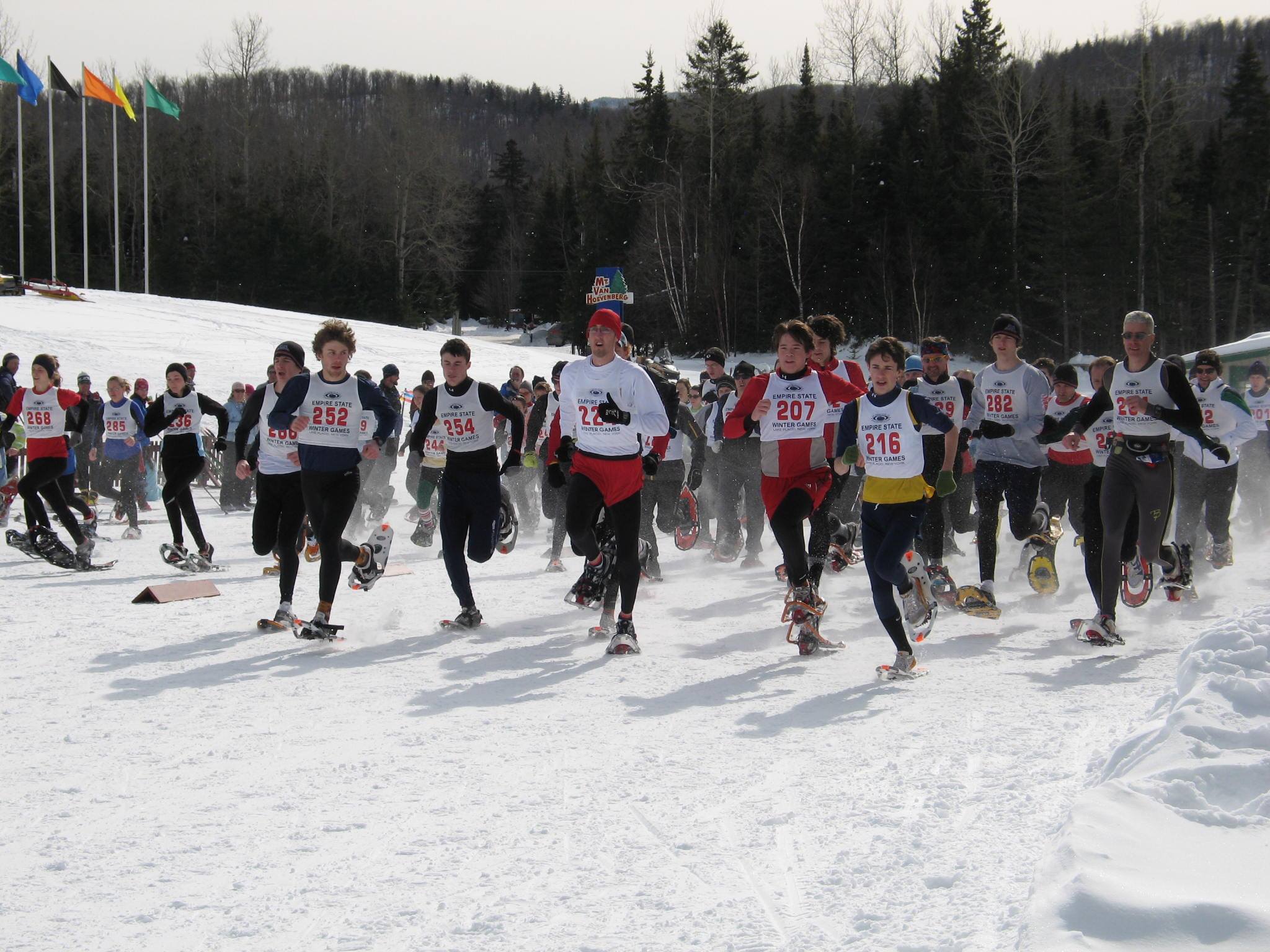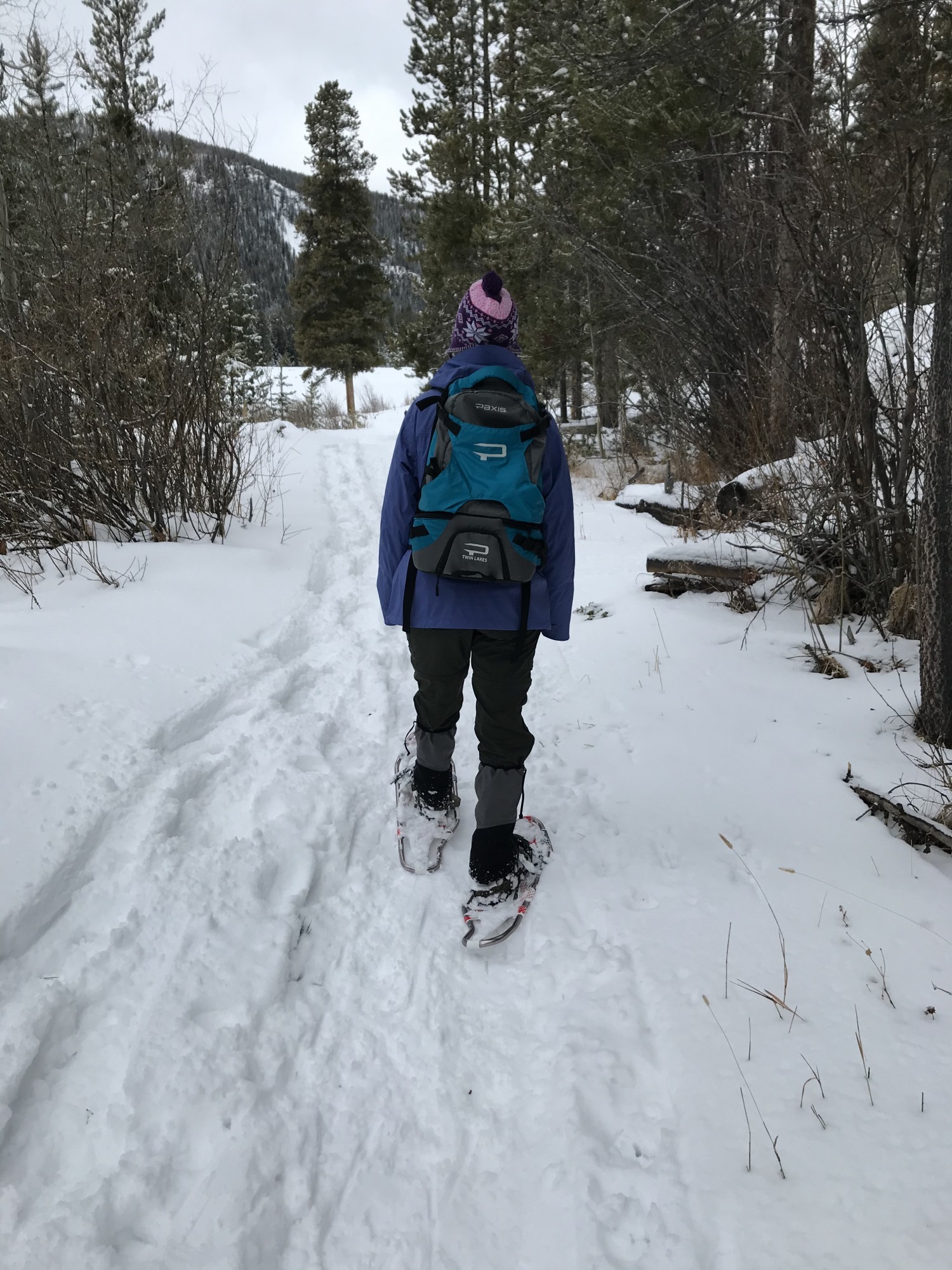On a cold, clear December morning deep in the Maine woods, I found myself standing at a fork in the trail confronted by a rather poetic dilemma. To the right were faint traces of windswept snowshoe tracks that led up a steep hill and disappeared into a stand of slender white birches. To the left was a wide swath of freshly groomed snowmobile trail that wove down to a frozen lake through a green tunnel of spruce and fir trees.
My tired body itched to follow the snowmobile tracks down the hill, but my mind pointed me up. For guidance, I turned to Robert Frost.
In his famous poem, “The Road Not Taken,” a traveling man stops at a crossroads in the woods trying to decide which road to take. Knowing that each road will lead to a different destination, and perhaps to an altogether different future, he yearns to travel both. But he is limited to one road and one future, and in the end he takes the road less traveled.
I stood at my own crossroads reflecting on Frost’s poem until my toes began to get cold. Then, opting for poetic wisdom rather than physical impulse, I turned to the right and began the slow, trailblazing ascent up my own less traveled road.
Thirty minutes later I heard the distant hum of a snowmobile on the trail I didn’t take. I paused and considered my decision at the crossroads. What if I had taken that other trail, I wondered, that trail much traveled?
Questions about that other nicely groomed trail popped into my head during the rest of the outing. Did I as a snowshoer have the right to use groomed snowmobile trails? What are the official trail ethics if a snowshoer encounters a snowmobiler? Is a snowshoer risking her life by using snowmobile trails?
On the descent back to my car, I resolved to get some answers.
The following day I called Bob Meyers, a man who I could count on to have answers. As the Executive Director of the Maine Snowmobile Association (MSA) since 1995, Meyers is well aware of the coexistence of snowmobilers and other outdoor recreational trail users.
“Snowmobilers take on a high degree of personal responsibility when they are on the trails,” he told me. “Not only are there snowshoers, skiers and occasional dog-sledders to look out for, but also moose, deer and other unforeseen obstacles.”
When I asked Meyers if snowshoers had the right to use snowmobile trails, he explained that the issue was a complex one.
“Maine has 296 snowmobile clubs, and many of those clubs must obtain landowner permission to pass through private property,” he said. “If we go by the letter of the law, snowmobiles have the exclusive rights to those trails. Club fees go toward trail grooming, signage and other maintenance.”
On the other hand, Meyers explained that snowshoe enthusiasts occasionally become members of snowmobile clubs in order to use trails. Some clubs even groom specific trails for use by non-motorized users.
Like many other northern states, as well as much of Canada, Maine has an extensive network of snowmobile trails that vary in snowshoer accessibility. Out of Maine’s 13,000 mile trail network, Meyers said that while many of these trails are shared by multiple users, there are certain areas that snowshoers are strongly discouraged from using.
“Snowshoeing or skiing on certain long, flat sections of trail in northern Maine would be akin to rollerblading on the interstate,” he said. “These are high-use, high-speed snowmobile areas. It’s just common sense that other recreational users shouldn’t be there.”
Common sense seems to play a strong role in the relationship between snowshoers and snowmobilers. For example, Meyers explained that snowmobilers are frequently exposed to safety messages from the MSA concerning pedestrian rights and personal responsibility. Snowshoers, on the other hand, can generally hear snowmobilers from a distance and are expected to move to the side of the trail in advance.
Meyers explained, however, that some new models of snowmobiles, such as those with four stroke engines, are so quiet that snowshoers may have a difficult time hearing them from a distance.
“This is one of the downsides of advanced technology,” he said. “The problem of noise is solved, but the problem of stealth arises. The only way to overcome this is for everyone on the trails to be alert, and for snowmobiles to stay within speed limits.”
Even experienced snowshoers who are keen on the sounds around them can sometimes be caught unaware by this new technology. Last February, when Maine snowshoe enthusiast Jamie Tremblay thought he was the only crazy enough to be outside on a bitter cold day, he was surprised by the abrupt arrival of three snowmobilers.
“I was listening to the sound my feet crunching against crusty snow and staring off at a beautiful half-moon,” he said, “and then all of a sudden there were three snowmobilers in front of me. Usually I hear them from a ways off, but these crept right up on me. After that experience, I try to stay off snowmobile trails as much as possible.”
Meyers’ final advice for snowshoers is to ask permission before using groomed snowmobile trails.
“We can all share the trails,” he said, “but it’s nice to know in advance who’s going to be out there.”
So the next time you’re tempted to get quit bushwacking through deep snow and descend those slick snowmobile trails that carve through the woods, talk with either the landowner or the snowmobile club first. Then at the crossroads you’ll be able to choose whichever path you want, no matter how traveled it is. Who knows, it may make all the difference.





